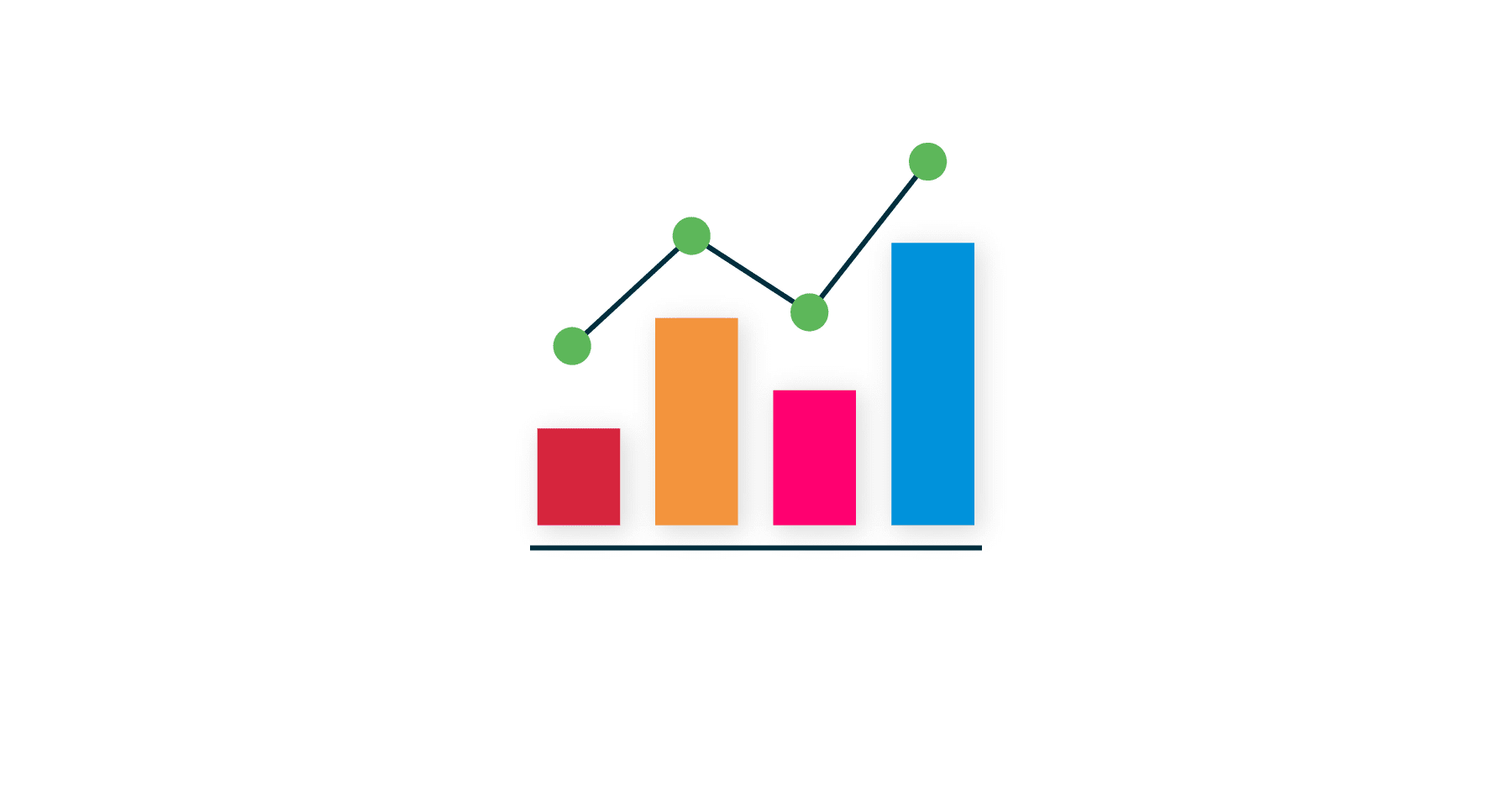
The seamless flow of information between systems is crucial for businesses to make informed decisions. For those of us working in the software industry, understanding the intricacies of API integration within the realm of data analytics can provide a competitive edge.
Let’s delve into how API integration underpins modern data analytics, and how concepts like data analytics integration, embedded integration platforms, and native integration shape the landscape.
The Foundation: Understanding API Integration
APIs, or Application Programming Interfaces, serve as the connective tissue of the digital world. They enable disparate systems to communicate and share data effortlessly. In the context of data analytics, API integration is the mechanism through which data from various sources is aggregated, standardised, and made accessible for analysis.
Consider a scenario where a company uses multiple software tools for CRM, e-commerce, and customer support. Each of these tools generates valuable data. API integration allows these tools to communicate and share their data. As a result, they break down silos and provide a comprehensive view of the business landscape. This consolidated data is then ready for sophisticated analytics to extract actionable insights.
Data Analytics Integration: The Core of Strategic Decision-Making
Data analytics integration is the process of combining data from different sources to provide a unified view for analysis. This integration is pivotal for extracting meaningful insights and driving strategic decision-making. When APIs are used for data analytics integration, they enable real-time data sharing. They ensure the analytics are based on the most current information available.
For instance, an e-commerce platform may use API integration to pull data from its sales database, inventory management system, and customer feedback tool. By integrating these datasets, businesses can perform in-depth analysis to identify trends, predict customer behaviour, and optimise inventory levels.
Embedded Integration Platforms: Simplifying the Complex
Embedded integration platforms are designed to simplify the process of API integration. They do this by providing a framework that developers can embed directly into their applications. These platforms offer pre-built connectors and integration templates, reducing the complexity and time required to set up and manage integrations.
The advantage of using an embedded integration platform in data analytics is multifold. First, it allows for quick and seamless data integration from various sources. This is done without needing to build custom integration logic from scratch. Second, it ensures that data flows are consistent and reliable, which is critical for maintaining the integrity of the analytics process.
For example, an analytics software company might use an embedded integration platform to embed integration capabilities directly into their product. This enables their users to connect to various data sources (like Google Analytics, Salesforce, and social media platforms) effortlessly. As a result, enriching the analytics experience with diverse and comprehensive data sets.
Native Integration: The Power of Seamless Connectivity
Native integration refers to the built-in capability of software applications to connect with other systems and data sources. Unlike API integrations that might require additional configuration or middleware, native integrations are designed to work out-of-the-box.
In the context of data analytics, native integration offers significant benefits. It provides a seamless user experience and reduces the risk of integration errors. As a result, it ensures that data is transferred efficiently and accurately. Native integrations often come with optimised performance and enhanced security. This is because they are developed and maintained by the software providers themselves.
Consider a business intelligence tool that offers native integration with popular databases and cloud services. Users can connect their data sources with just a few clicks, enabling them to start analysing data almost immediately. This ease of use accelerates the time-to-insight, allowing businesses to respond swiftly to market changes and operational challenges.
The Strategic Edge: Leveraging API Integration for Advanced Analytics
For professionals in the software industry, mastering the art of API integration in data analytics is a strategic imperative.
Here’s how you can leverage these concepts for advanced analytics:
- Optimise Data Collection: Use APIs to gather data from a wide array of sources, ensuring that your analytics are comprehensive and up-to-date.
- Enhance Data Quality: Integrate data cleansing and standardisation processes via APIs to improve the accuracy and reliability of your analytics.
- Accelerate Deployment: Implement embedded integration platforms to streamline the setup and management of data integrations, reducing the time and effort required to bring analytics solutions to market.
- Improve User Experience: Invest in tools and platforms that offer native integrations, providing users with a smooth, hassle-free experience when connecting their data sources.
- Stay Agile: Utilise API integration to enable real-time data sharing and analysis, allowing your organisation to remain agile and responsive to changing business conditions.
Conclusion
API integration is the backbone of modern data analytics, enabling seamless data sharing and comprehensive analysis across various platforms. By embracing data analytics integration, leveraging embedded integration platforms, and utilising native integrations, software professionals can unlock the full potential of their data. As a result, they can drive innovation and strategic decision-making.
As the landscape of data analytics continues to evolve, those who master these integration techniques will be well-positioned to lead in the digital age.